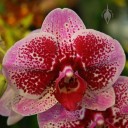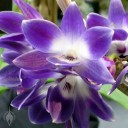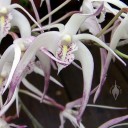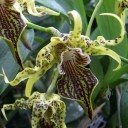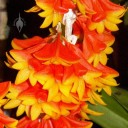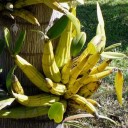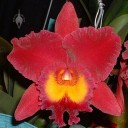Ceiba Foundation for Tropical Conservation
Posted December 26th, 2011 by Marc CohenCategories: Conservation
The Ceiba Foundation for Tropical Conservation works to save plant and animal biodiversity. Ceiba was founded in 1997 to preserve and restore ecosystems in Central and South America. With offices in Madison, Wisconsin, and Quito, Ecuador, the non-profit group supports community-based projects, sponsors scientific research, and provides public education. Ceiba works with local communities to sustainably manage land and protect tropical forests. Current projects include the El Pahuma Orchid Reserve and the Lalo Loor Dry Forest Reserve. Both areas welcome visitors and volunteers. Ceiba also offers semester-length and summer courses which allow students to explore Ecuador’s dramatic natural beauty. Photos from their reserves include great shots of orchids, birds, and waterfalls. Lend your support to Ceiba’s essential work by learning more, donating, or volunteering.


